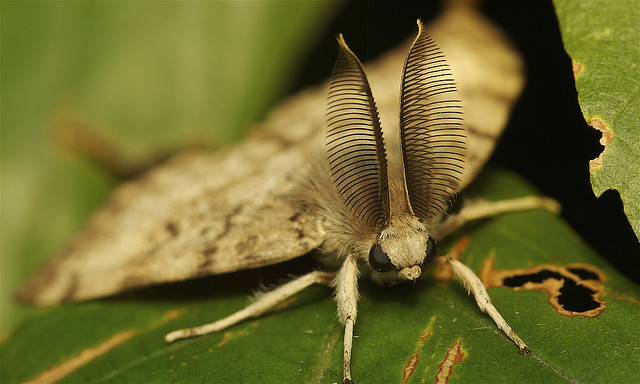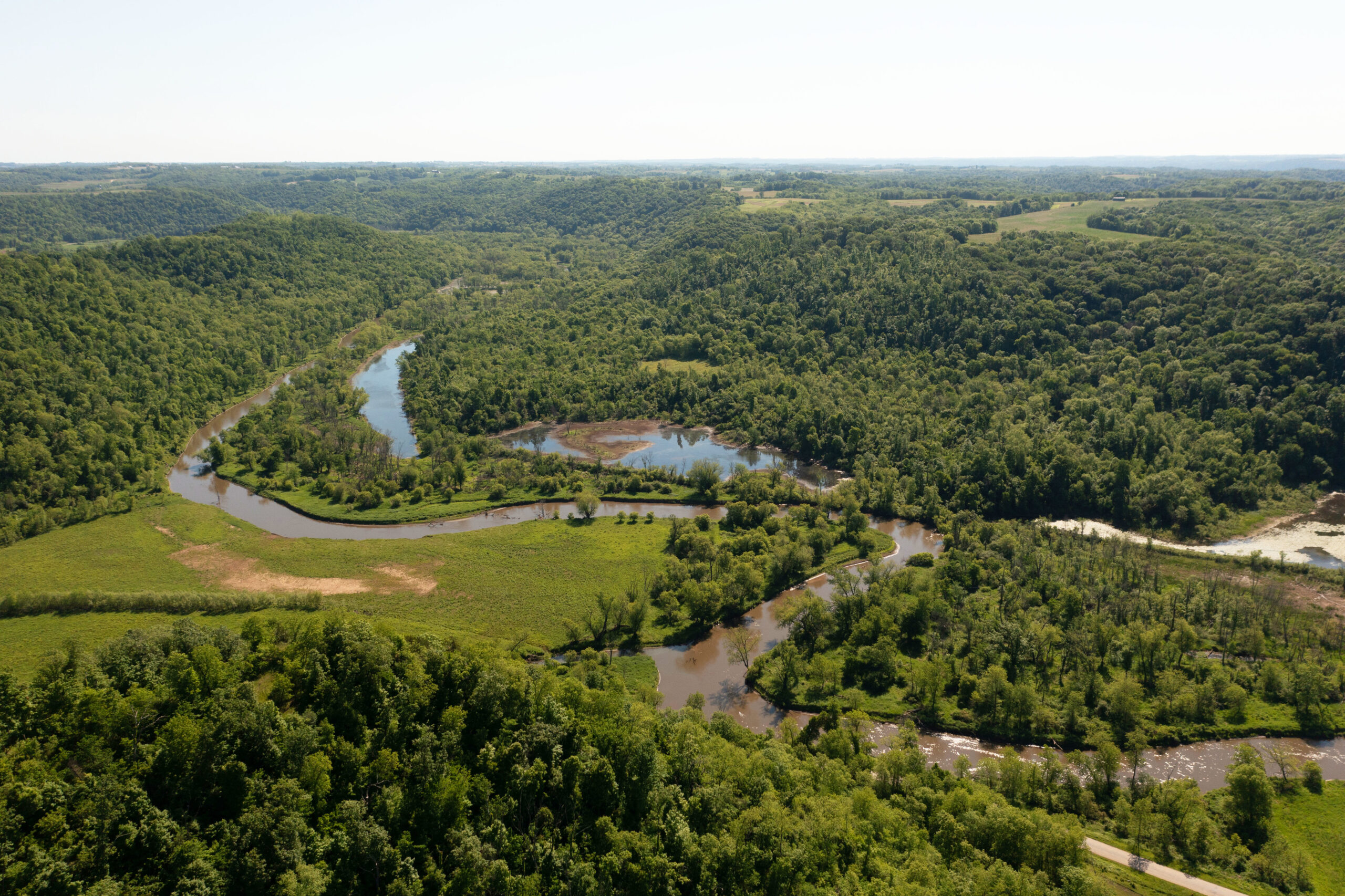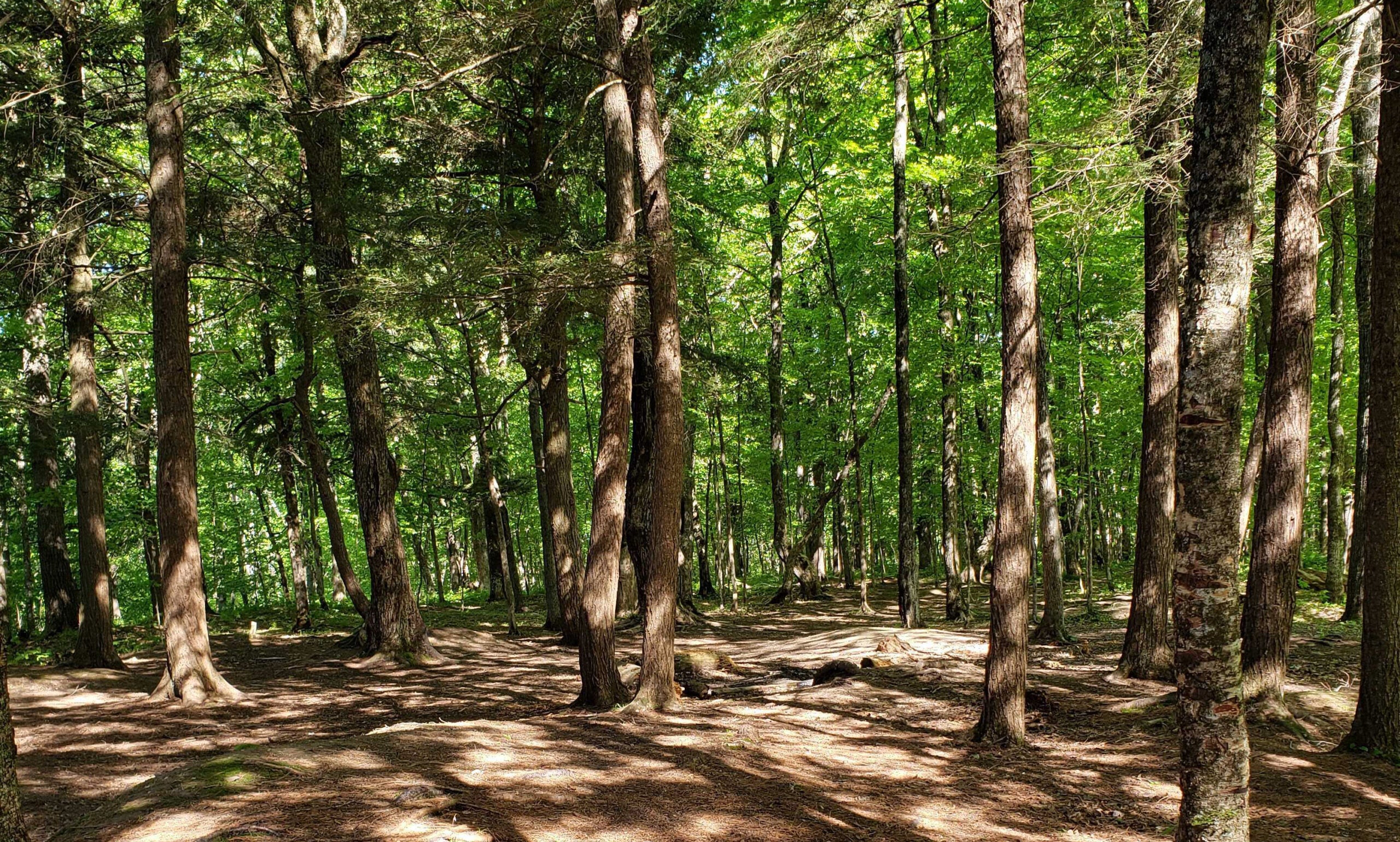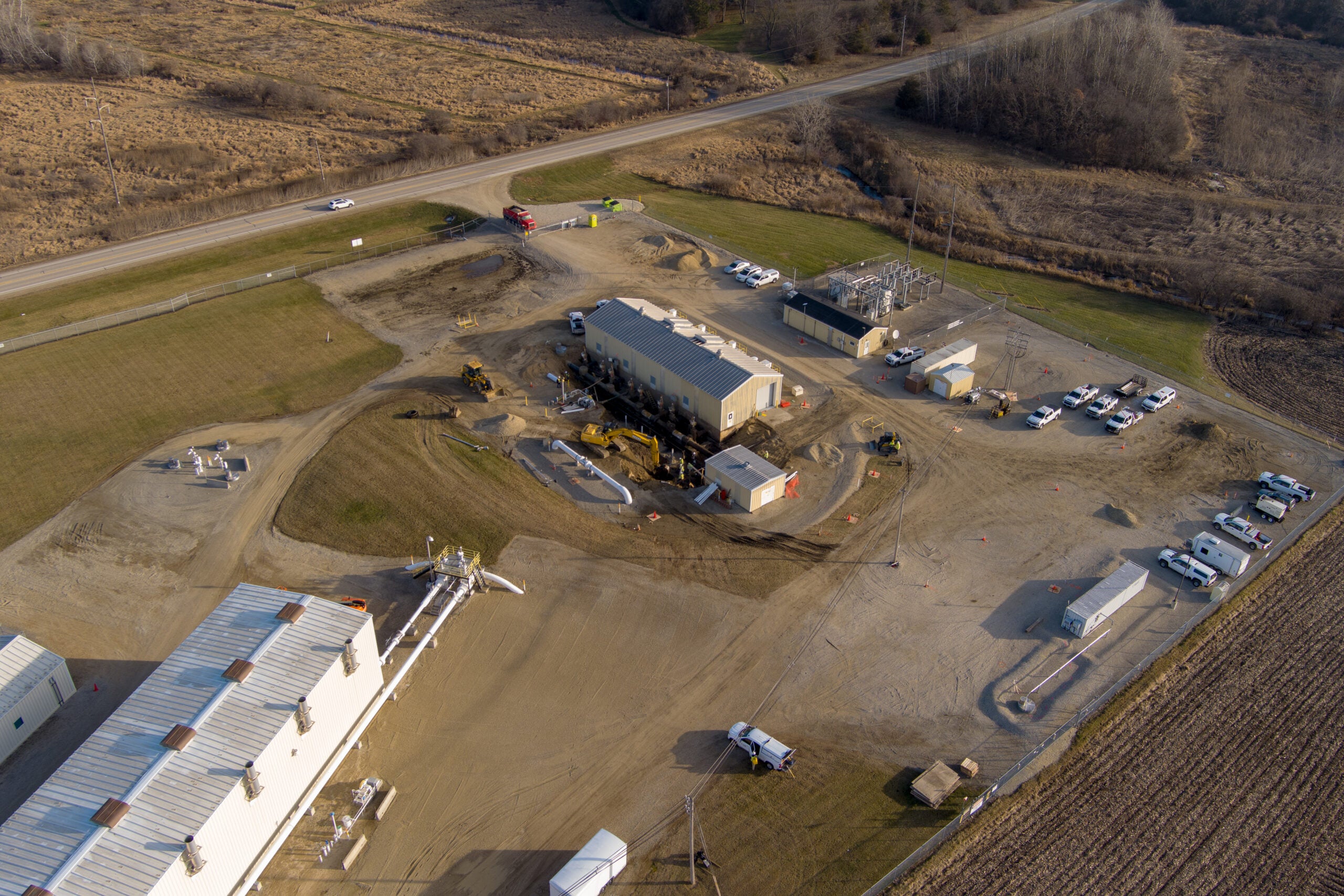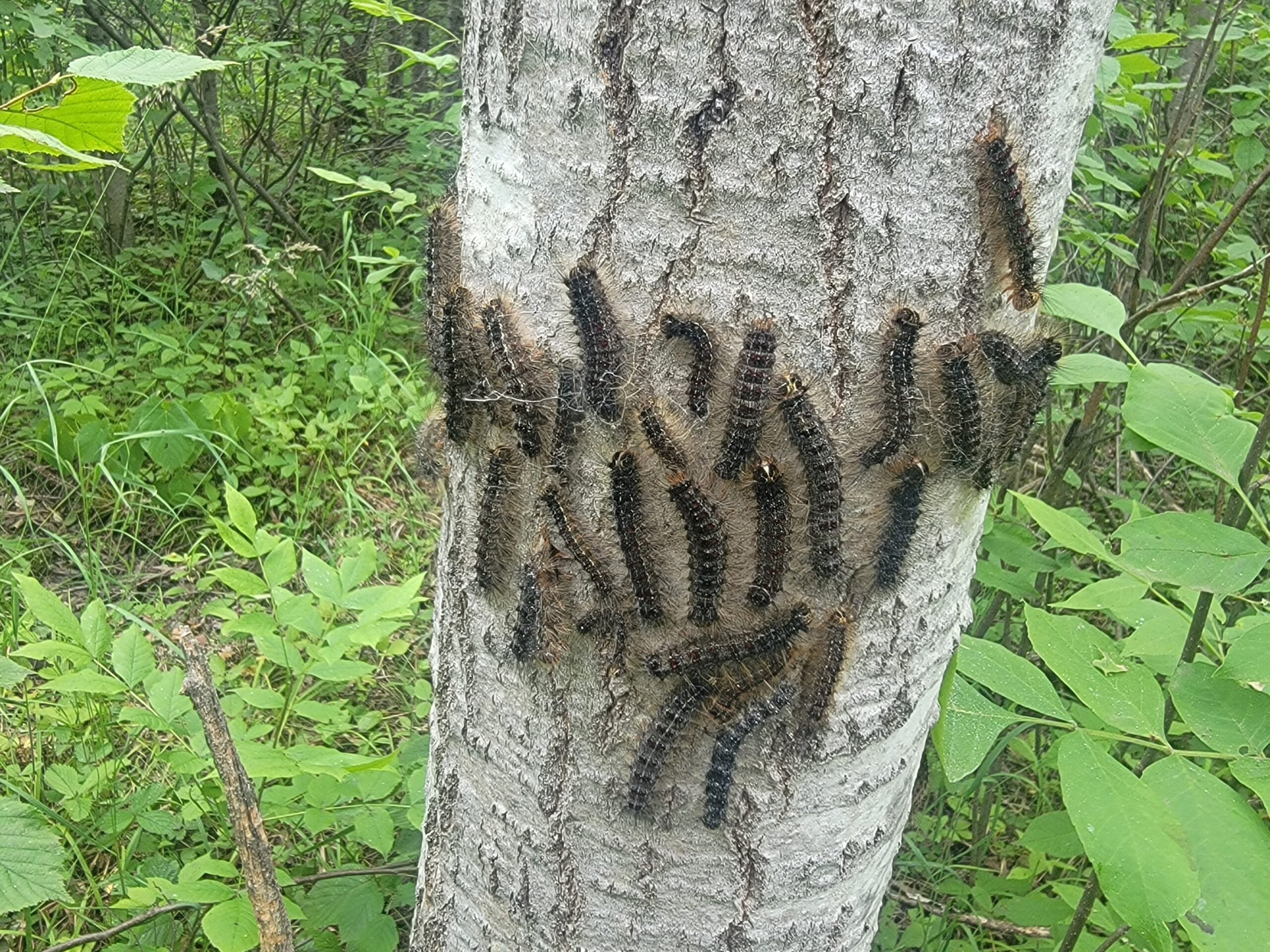The Department of Natural Resources is spelling out more details of a plan to suspend a state program that helps control gypsy moths.
For 14 years, the gypsy moth suppression program has been helping with aerial spraying to reduce defoliation on public and private lands. The DNR now says the gypsy moth threat has been reduced, and federal funding for the program is becoming less dependable.
The DNR’s Darrell Zastrow also said the emerald ash borer is commanding more attention than the gypsy moth. He said that borers “are almost a certainty to kill our ash trees, as opposed to gypsy moths, which are much more of a nuisance.”
News with a little more humanity
WPR’s “Wisconsin Today” newsletter keeps you connected to the state you love without feeling overwhelmed. No paywall. No agenda. No corporate filter.
Zastrow said the peak year for gypsy moth suppression in Wisconsin was 2004, when 51,000 acres were treated. Only a few dozen acres were treated this year.
He also said that the suppression effort would continue on state lands, and that the state would help communities and individuals work with one of the 19 private companies that do aerial spraying
“We do have some history of success here,” he said. “We facilitated a private spray program for a forest tent caterpillar outbreak. We’ve also worked with lake associations on the gypsy moth.”
The DNR said some cities and individuals that contract with the private firms may get a lower price than when dealing with the state. But the agency also said that if customers are far away from the contractor, have few acres or unusual requirements, the price per acre could be more expensive.
Public hearings on suspending the gypsy moth suppression program will be held later this year.
Wisconsin Public Radio, © Copyright 2026, Board of Regents of the University of Wisconsin System and Wisconsin Educational Communications Board.
